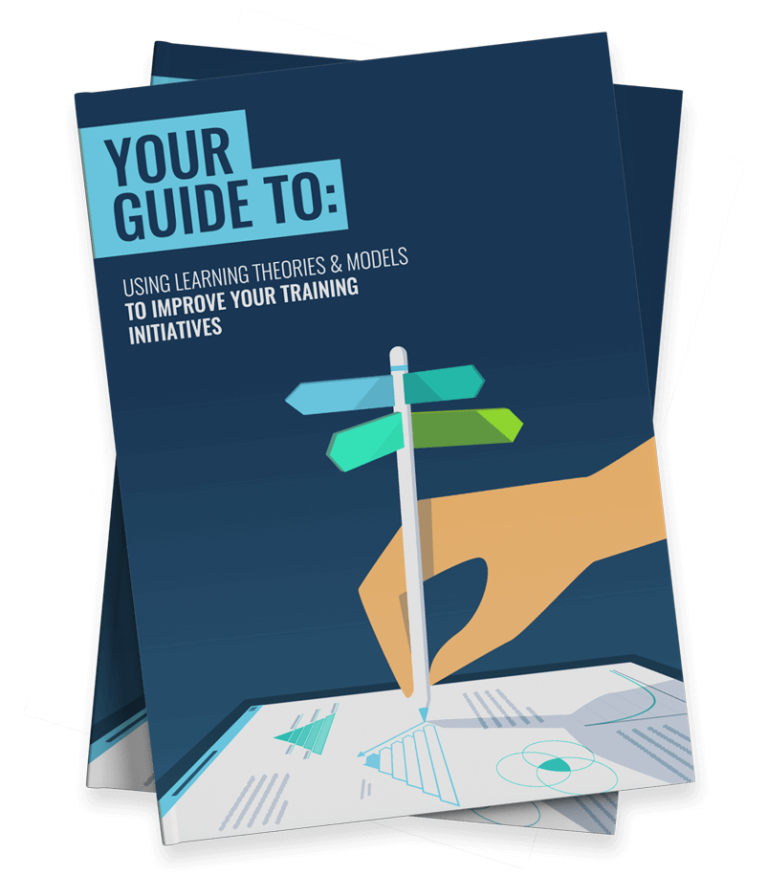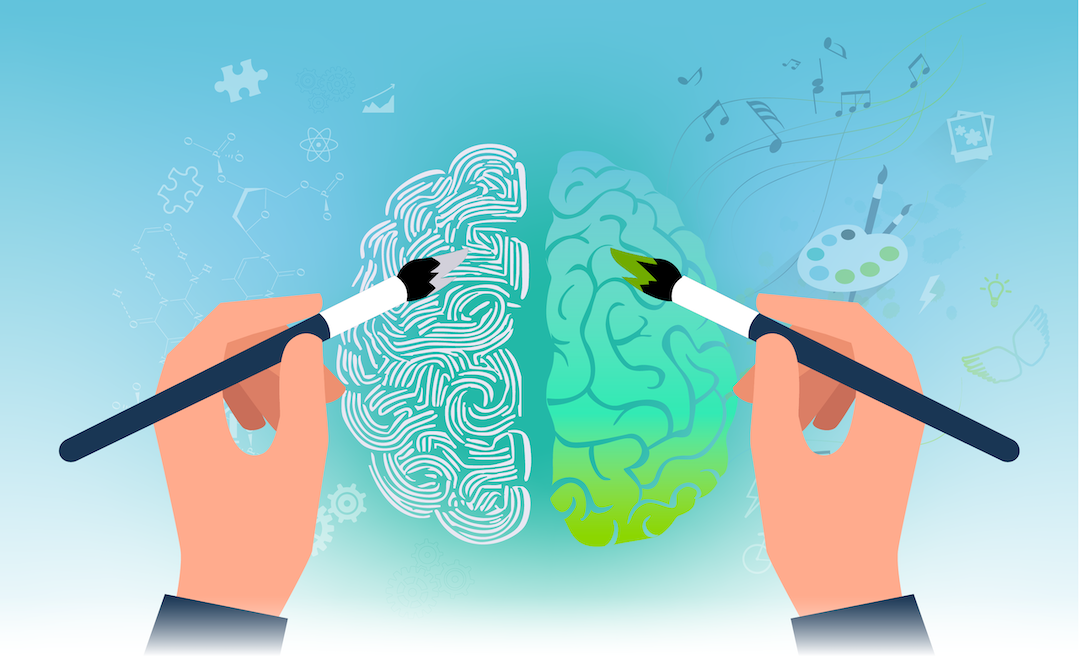
When was the last time you were so absorbed in a learning experience that you completely lost track of time? For most corporate learners, that feeling is vanishingly rare. Instead, all too often, training is associated with boredom, anxiety, and apathy.
Thankfully, we as learning professionals have the power to change this. The key lies in understanding an influential principle in human psychology: Flow Theory.
As business magnate Richard Branson puts it, ‘In two hours in flow I can accomplish tremendous things.’
This article will grant you that same power. We’ll also move beyond theory to provide a practical framework for building learning experiences that challenge and engage your audience. Are you ready to do tremendous things? Then let’s get started!
What is Flow Theory?
The concept of Flow was first identified and named by the positive psychologist Mihaly Csikszentmihalyi. He described it as a state of total immersion and energised focus in an activity, where everything else fades away and ceases to matter. It’s that heady feeling of being ‘in the zone’ and operating at your peak.
Csikszentmihalyi spent decades researching individuals who experienced this state, noting that they pursued activities not for external rewards (such as money, praise, or grades), but because the activity itself was the reward. Let’s look at some examples:
- A surgeon completing a complex, life-or-death procedure, where each precise action is guided by immediate feedback from the operating table.
- A jazz musician lost in an improvisational solo, their instrument feeling like a natural extension of their creative mind.
- A gamer mastering an adaptive strategy challenge, so immersed that hours of intense focus feel like mere moments.
When learners are in a flow state, they aren’t thinking about deadlines, their grades, or what they’re going to have for dinner. They are simply learning and doing. In a sense, learning has become its own reward.
The Three Pillars of Flow
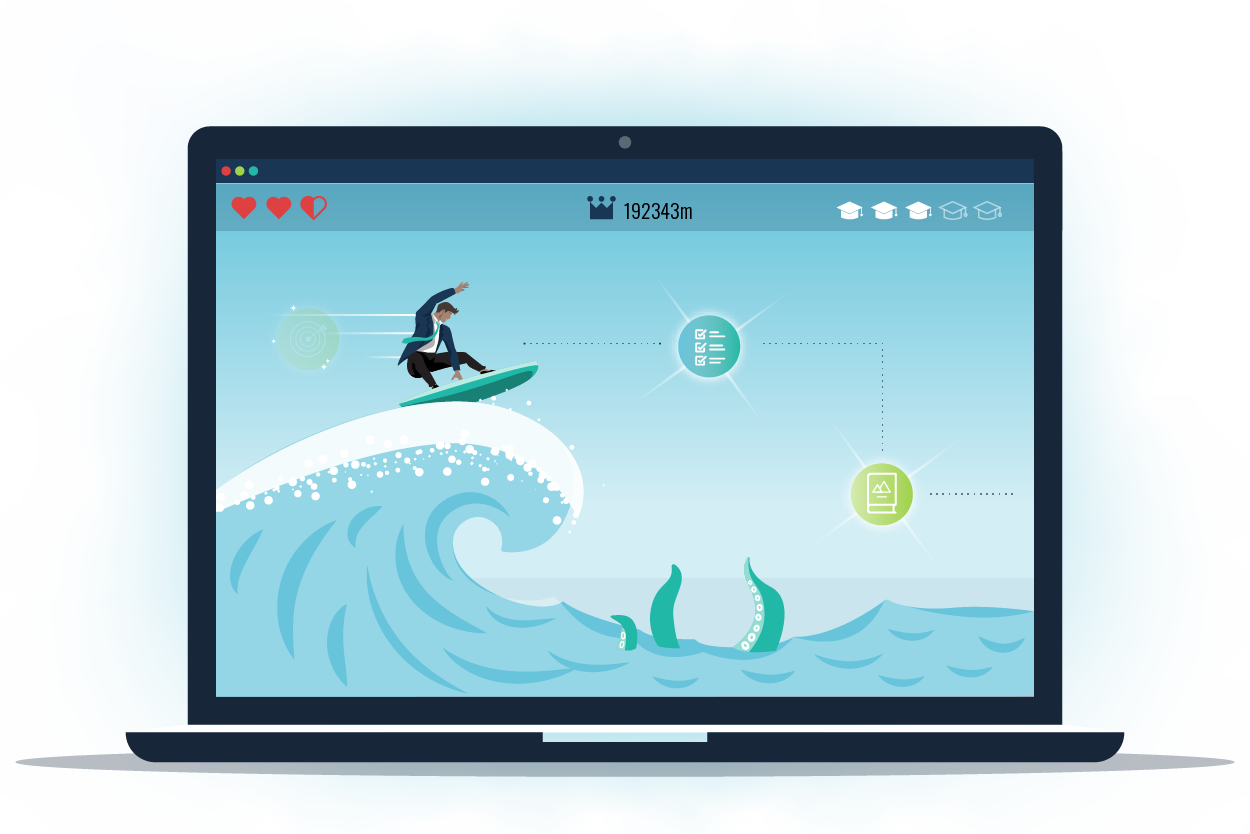
Csikszentmihalyi went further, identifying three pillars that must be present for flow to occur. Indeed, if we’re to achieve this heightened state, these conditions must be met simultaneously:
- Coherent Goals & Feedback: This kind of intense focus needs a clear target. The learner must know exactly what they are attempting to achieve at any given moment. Moreover, they need explicit and unambiguous information about their performance, so they can adjust their approach and efforts accordingly.
- Balance of Challenge: Drawing directly from Vygotsky’s Zone of Proximal Development (ZPD), the optimal learning task must be carefully calibrated. It should be difficult enough to stretch the learner, but not so challenging as to cause anxiety. The learner must also possess the skills necessary to rise to the occasion.
- Intense Concentration: Finally, the activity itself must be so engaging that the individual becomes completely absorbed, filtering out any external distractions and irrelevant stimuli. This deep focus should lead to a temporary loss of self-awareness, with all cognitive resources dedicated solely to mastering the task at hand.
With these conditions met, your learners will move from anxiety to agency. Time will start to fly by as their focus shifts from the world around them to the challenge in front of them. Thankfully, with engagement this deep, this level of concentration will feel effortless.
Designing for these pillars makes this transformation achievable. The foundation of it all, however, is mastering the delicate balance between challenge and skill, which we’ll explore next.
The Flow Channel
At the heart of Flow Theory is the principle of Challenge-Skill Balance. This tight-rope act helps us to understand why some tasks lead to energised focus, while others lead to frustration, or even boredom.
Csikszentmihalyi illustrated this relationship through a Flow Channel diagram. It plots the perceived level of challenge (or how difficult the task is) against the learners’ sense of their own ability or skill.
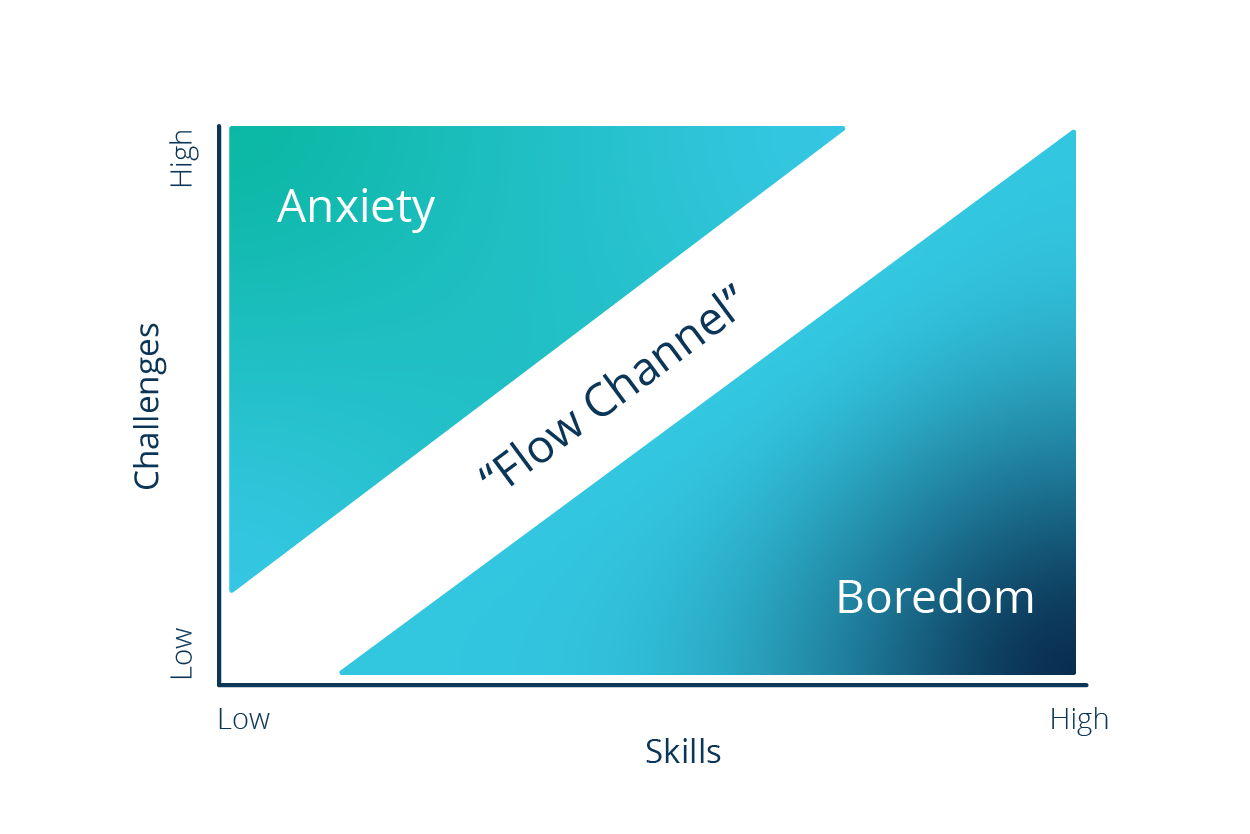
Our goal, as learning designers, is to place the learner in the central, narrow corridor. However, when challenge and competency are out of whack, the learner will fall into one of these two counter-productive states:
- The Anxiety Zone: If a task is too complex or difficult for the learner’s current abilities, anxiety will kick in. Your audience will quickly get frustrated and may even give up. You can’t throw learners in at the deep end without first teaching them how to swim.
- The Boredom Zone: Conversely, if a task is too easy or repetitive, then your learners are likely to become disengaged. If there’s no sense of challenge, your learners will always be at risk of zoning out and applying their focus elsewhere.
Thankfully, there is a sweet spot between these two treacherous emotional states. This is the Flow Channel, where the activity is difficult enough to demand the learner’s full attention, yet not so challenging that the learner gives up. This is the state where true mastery occurs, as the task itself is intrinsically rewarding.
It’s worth noting that the Flow Channel is not a static place. After all, as learners successfully complete tasks, their competence begins to improve. As a result, your content must immediately increase in complexity to keep them on the ascending diagonal of the channel.
The Autotelic Advantage
While the goal is to consistently avoid the anxiety and boredom zones to enter flow, it’s worth noting that some individuals appear predisposed to achieving this state. Indeed, research shows that around 25% of people report being in a state of flow regularly.
These individuals are said to possess an autotelic personality, a term coined by Csikszentmihalyi from the Greek roots auto (self) and telos (goal or purpose). For them, activities are intrinsically motivated, meaning they have their own goal and the reward is found entirely within the process itself.
For learning professionals, cultivating an autotelic mindset in learners is the goal of designing for flow. It shifts the focus from achieving external validation to loving the challenge of skill acquisition. Dweck’s Mindset Theory is a helpful framework for understanding this shift.
Why Flow Matters
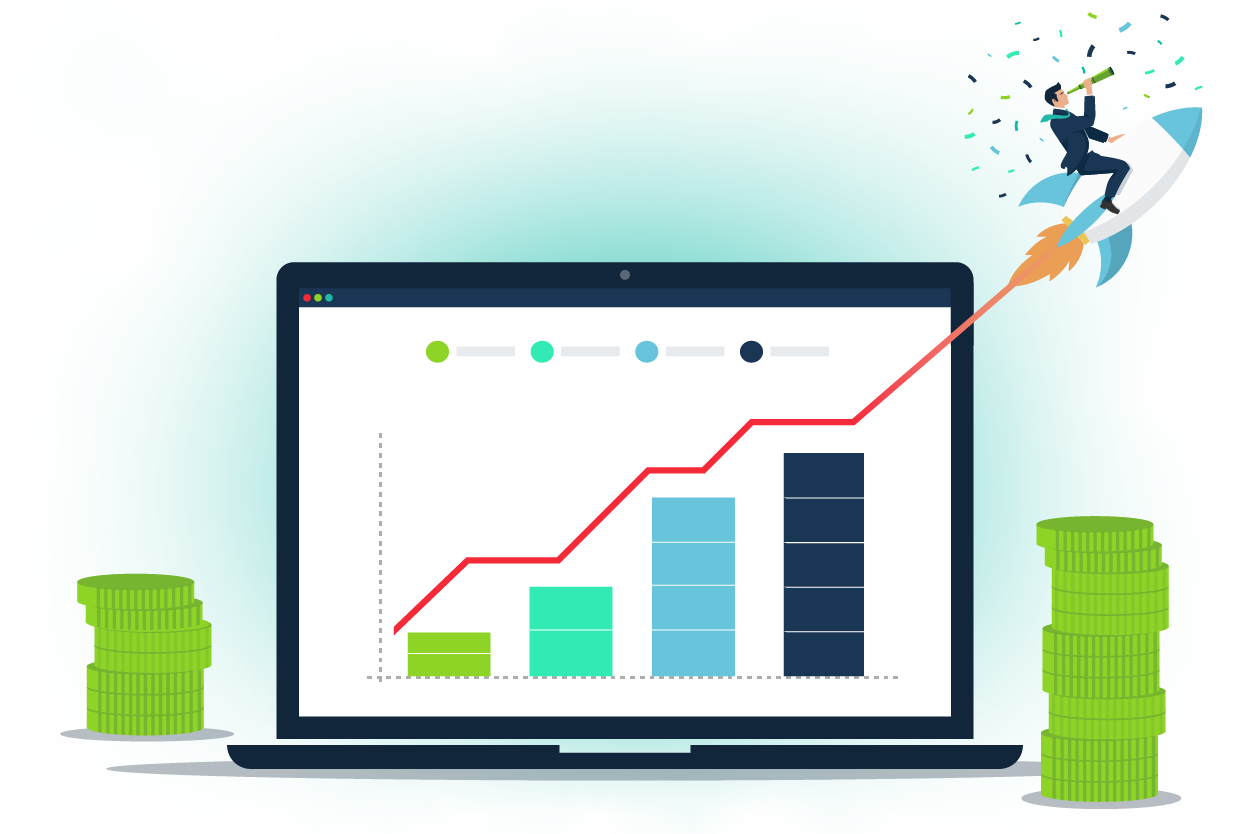
Flow isn’t just a pleasant feeling. It’s also a potent psychological engine for efficient performance and growth. For learning pros, harnessing flow helps to solve real problems in corporate training, while driving better transfer, retention, and engagement.
In fact, we can prove the value of designing for flow by looking at its quantitative impact.
- Improved Productivity: Studies of top executives conducted by McKinsey & Company found that when professionals were in flow states, they reported being up to five times (or 500%) more productive. Furthermore, it’s estimated that if we could increase the time employees spent in flow by 15-20%, we could nearly double overall workplace productivity.
- Faster Learning: Research funded by the Defense Advanced Research Projects Agency (or ‘DARPA’) offers striking results for learning speed. For example, military snipers training in a flow state learned 230% faster than those in a control group. What’s more, it’s suggested that a flow state, when combined with accurate neurofeedback, can lead to a learning speed improvement of up to 490%.
- Better Problem-Solving: Flow is also a profound catalyst for creativity. Individuals report being 6 to 8 times more creative when operating within the zone. And this cognitive boost isn’t fleeting. Research by Harvard’s Teresa Amabile confirms the lasting impact of flow, showing that this elevated creative output lingers for at least a day following the optimal experience.
- Psychological Resilience: There’s also strong evidence to suggest that actively seeking flow experiences can protect against emotional exhaustion, anxiety, depression, and neuroticism. This resilience is why Csikszentmihalyi called flow the ‘secret to happiness’ — it builds real inner strength and satisfaction.
Imagine the potential if we could consistently unleash this cognitive performance engine for our learners. The direct result would be a predictable boost in output and skill.
In fact, a meta-analysis encompassing 22 studies on flow and performance (primarily in sports and gaming) confirmed a significant positive correlation between flow states and superior task performance.
How to Design for Flow
Now we know that flow works, it’s time to move from theory to practice. By focusing on the core conditions of flow (as outlined above), we can systematically create learning experiences that cultivate deep engagement. Here’s how you can get started:
1. Set Clear Goals
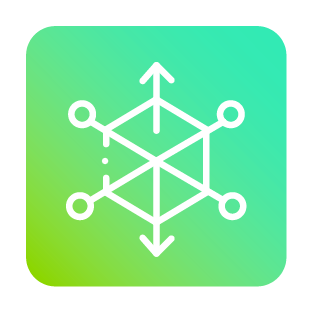
To remain anchored in the flow state, learners must maintain continuous clarity regarding their goals and receive instant performance feedback. While a clear, measurable objective for every activity is essential, successful design also requires you to:
- Chunk Your Content: Break down your learning materials into microlearning lessons. Each lesson should have a single, unambiguous focus and objective. We recommend framing it as a mission: ‘Your goal is to successfully avoid this costly data entry mistake’.
- Track the Progress: Implement visually engaging progress bars, checklists, and milestone markers. This transforms a long course into a series of achievable wins and gives your learners micro-victories along their pathway to success.
- Embed Meaningful Feedback: Build in low-stakes quizzes and interactive activities (such as drag-and-drop tasks and branching scenarios) that provide accurate feedback instantly. This feedback should explain why an answer is right or wrong.
- Simulate the Consequences: If you’re using scenario-based learning, then let every decision lead to an immediate and logical outcome. After all, seeing the results of your decisions is a powerful form of feedback.
2. Balance Challenge

The essence of the Flow Channel is finding the perfect ‘stretch’ for your learners. According to flow expert Steven Kotler, this often means designing challenges that sit about 4% beyond a learner’s current skill level.
You should treat this not as a strict percentage to measure, but as a mindset for design: always nudge, never shove. With this in mind, here are practical ways to implement that stretch and guide learners into a state of focused growth:
- Use Pre-Assessments: Before your learners dive in properly, ask them to complete a quick skill check. This process should enable experienced learners to skip ahead and point novices towards more foundational material.
- Scaffold the Complexity: Start with a simplified version of a task and gradually remove support as you go. For example, move from guided simulations to prompted practice and finally onto independent application.
- Provide Structure: Create clear levels or stages of content where the challenge progressively increases. For instance, level 1 should cover introductory concepts, while the final level should demand integrated skill application.
3. Remove Distractions:
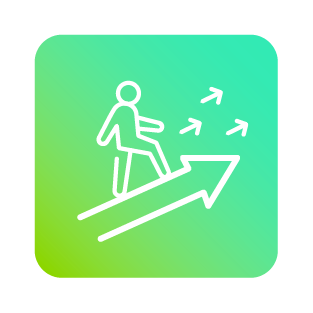
Flow is broken by anything that pulls the learner’s attention away from the task. At this stage, we must focus on eliminating all sources of distraction. This includes all internal and external cues that might throw our learners off their game.
- Simplify Your UI: If you’re delivering learning content through a learning platform (such as a learning management system), then ensure it offers intuitive navigation and a minimalist interface. Every confusing menu is a potential exit from the flow state.
- Make it Mobile: Design microlearning experiences that are easily accessible from your learners’ mobile devices. This aligns with the reality of a busy workday and allows your learners to maintain their flow, wherever they happen to be in the world.
- Focus on Relevancy: Be ruthless with your content and offload as necessary. If information doesn’t directly help the learner to achieve their goals, then remove it. Excessive cognitive load is the enemy of a healthy and productive flow state.
Beyond these core design principles, remember that your learner must always feel like an active agent, not a passive passenger.
After all, a flow state requires a strong sense of control. Empower your audience by letting them make meaningful choices throughout their journey, such as selecting pathways, resources, avatars, power-ups and so on.
Criticisms of Flow Theory
As with any influential theory, Flow’s framework has been refined over time through critical examination. It’s important to consider these nuances in order to apply it more effectively.
Firstly, the very nature of flow — an absorbed, non-reflective state — makes it difficult to study in real-time. This means we often have to rely on accounts given after the fact, which can be shaped by the intensity of the memory itself.
Furthermore, the elegant balance of the Flow Channel can sometimes feel a little too neat. Learning is rarely a simple calibration of two variables. Instead, it’s a process that often involves struggle and the negotiation of negative emotions like confusion and doubt.
Lastly, in our pursuit of peak experiences, we must not forget the power of the plateau. The steady, undramatic work of review, repetition, and reflection is learning’s bread and butter and where knowledge truly consolidates. As Maslow would put it, your other needs must be met before self-actualisation is possible.
Flow is a powerful catalyst, but it’s only part of a robust learning journey. Nothing is more effective than consistency.
Final Words
Embracing Flow Theory moves us from being simple distributors of content to becoming architects of profound learning experiences. This is a purposeful design shift that we should all strive towards.
The application of this theory boils down to a relentless focus on our learners’ reality: Is the content relevant? Are their goals clear? Is the feedback immediate? Does the challenge level match their skill? If you can achieve alignment in all these areas then deep engagement is sure to follow.
Remember, the goal is not to have every moment of learning be a peak experience, but to intentionally design environments where those moments are possible. That way learning itself becomes its own self-sustaining reward. Now it’s your move, flow-makers!
Thanks for reading. If you’ve enjoyed this content, please connect with me here or find more articles here.
Flow Theory is just the first step. Master the complete science of engagement with our comprehensive Learning Theory Guidebook — your essential resource for evidence-based design.

